Poland’s modernist resort city Gdynia gets experimental with sustainability
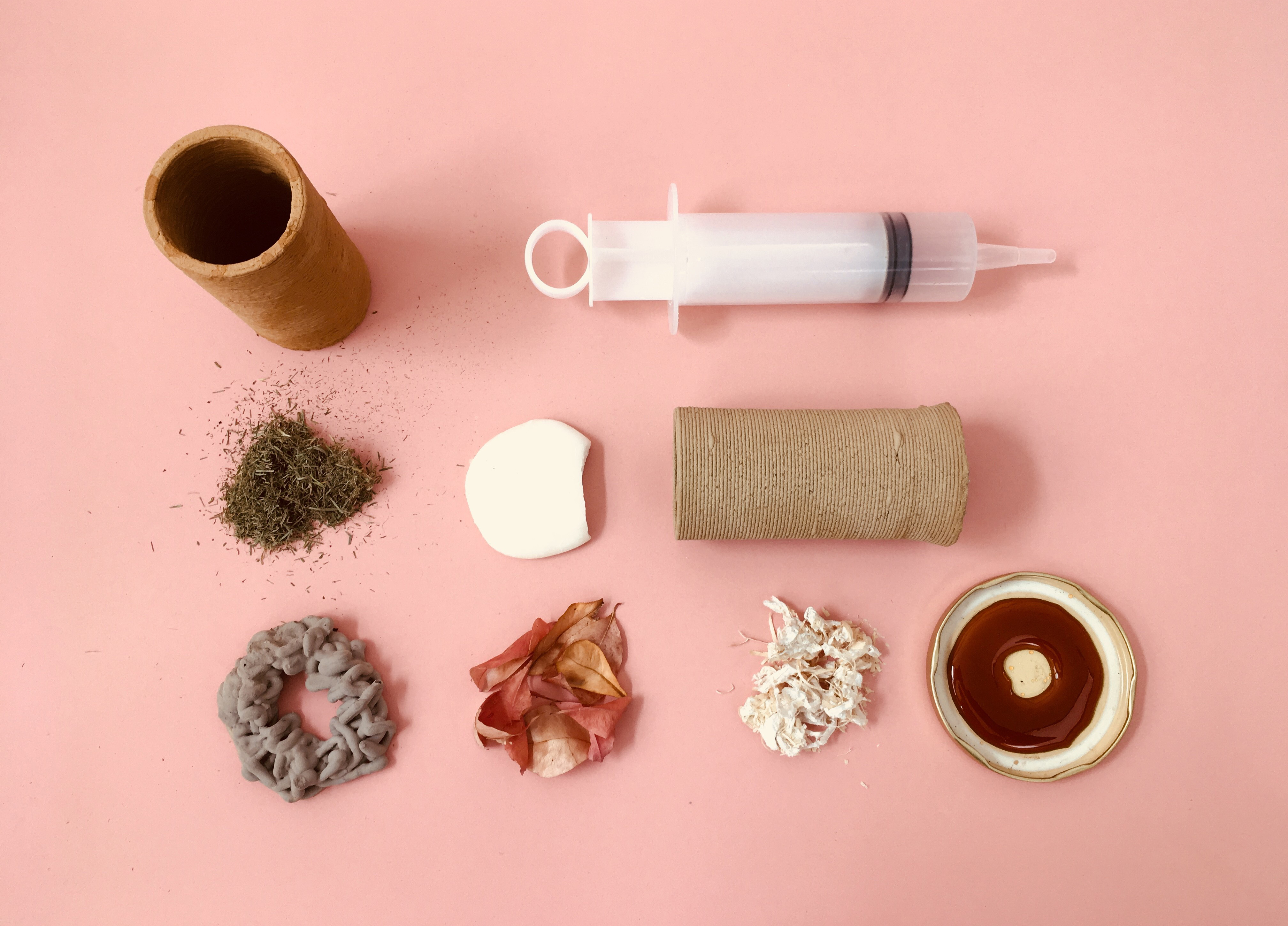
For a week every summer, design thinkers and creators pour into Poland’s modernist seaside resort. Perched on the bracing Baltic, the 250,000-strong town is in its 12th year of hosting its eponymous Gdynia Design Days.
The festival is ‘more about inspiration than showing off commercial products’, says the event’s artistic director, Paulina Kisiel. This year’s theme, ‘polarisation’, tried to tackle the conflicts in modern life, such as those between consumerism and minimalism.
Issues of sustainability ran through many of the exhibitions, with curator Agnieszka Jacobson-Cielecka referencing the new Polish law that enforces the separation of rubbish. Her show ‘(No) More Waste’ featured Diederik Schneemann’s vase made of discarded flip-flops, which have a strong visual story of their own; and pleasing glassware that has been merely sanded down rather than recycled by Polish designers Agata Matlak-Lutyk and Jan Lutyk.

‘(No) More Waste’ curated by Agnieszka Jacobson-Cielecka
By reusing materials from former exhibition stands to make its own display units, the show ‘2 Degrees’ approached the environment head-on. Hanging from steel rods and lying on foam off-cuts were fine examples of eco-design, such as Polish firm Biotrem’s biodegradable picnic crockery made of wheat bran.
Meanwhile industrial design students at Krakow’s Academy of Fine Arts attempted to answers questions around mass production. Klaudia Kowalczyk exemplified traditional skills from the countryside in a wicker screen, chair and table. Likewise, Dorota Gondko has returned to a style of eating from the Middle Ages with her range of black ceramic communal platters.
Experimentation was pushed yet further at ‘Print ‘n’ Paste’, where Warsaw-based studio UAU Project focused on what designer Justyna Faldzinska called additive manufacturing. Here, she added ground coffee, salt, wood shavings and soil to clay, and cornflowers to porcelain, and 3D-printed pots from the ingredients.
GDD takes place in the EU-funded Pomeranian Science and Technology Park, a hotbed of innovation. With 2,000 tech entrepreneurs, industrial designers, architects and the like based there, it’s the biggest such complex in Poland.
That, coupled with GDD, is making Gdynia increasingly appealing, and creatives from around Poland are relocating. ‘You can feel the innovative atmosphere here,’ Kisiel says.
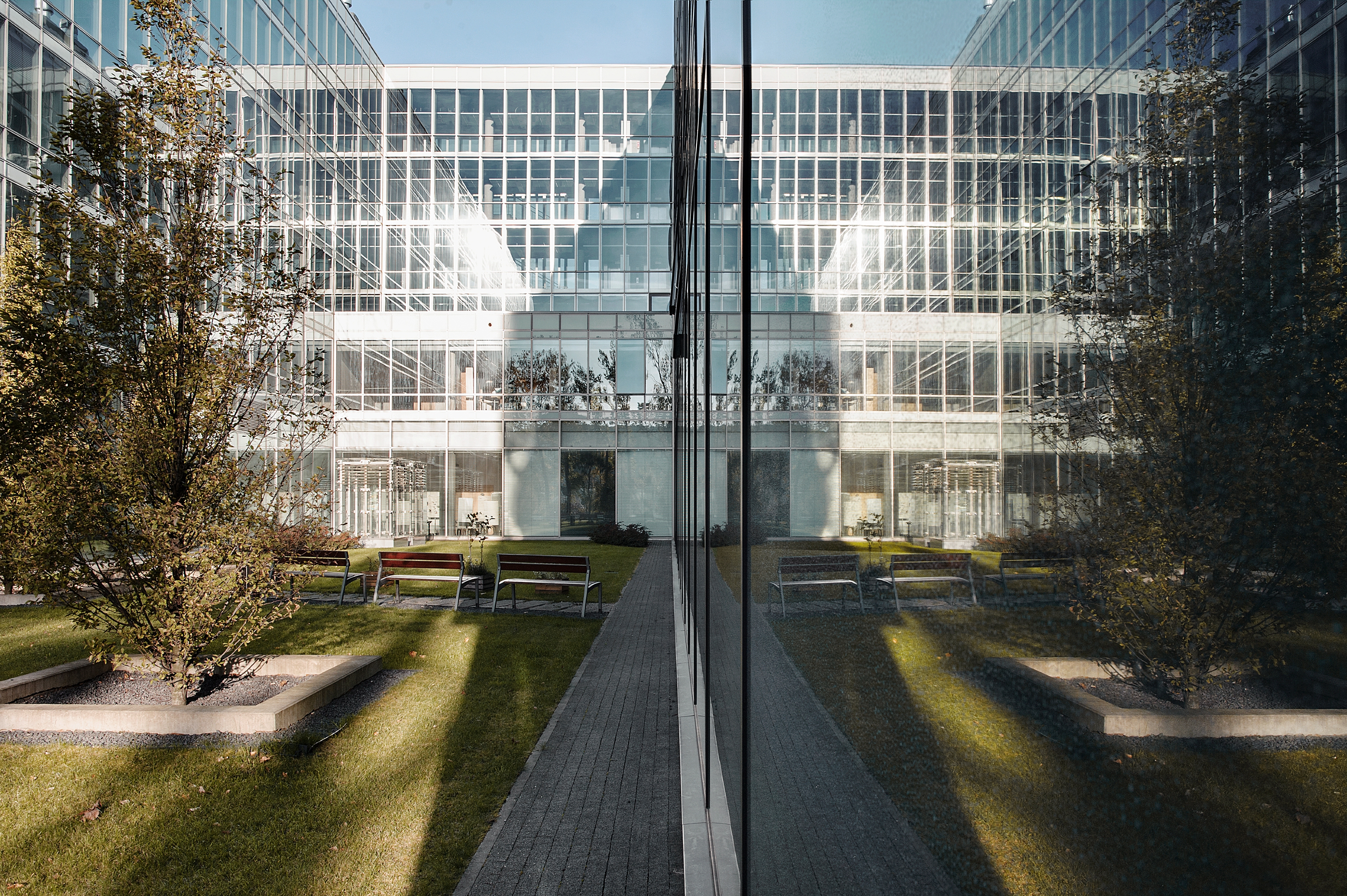
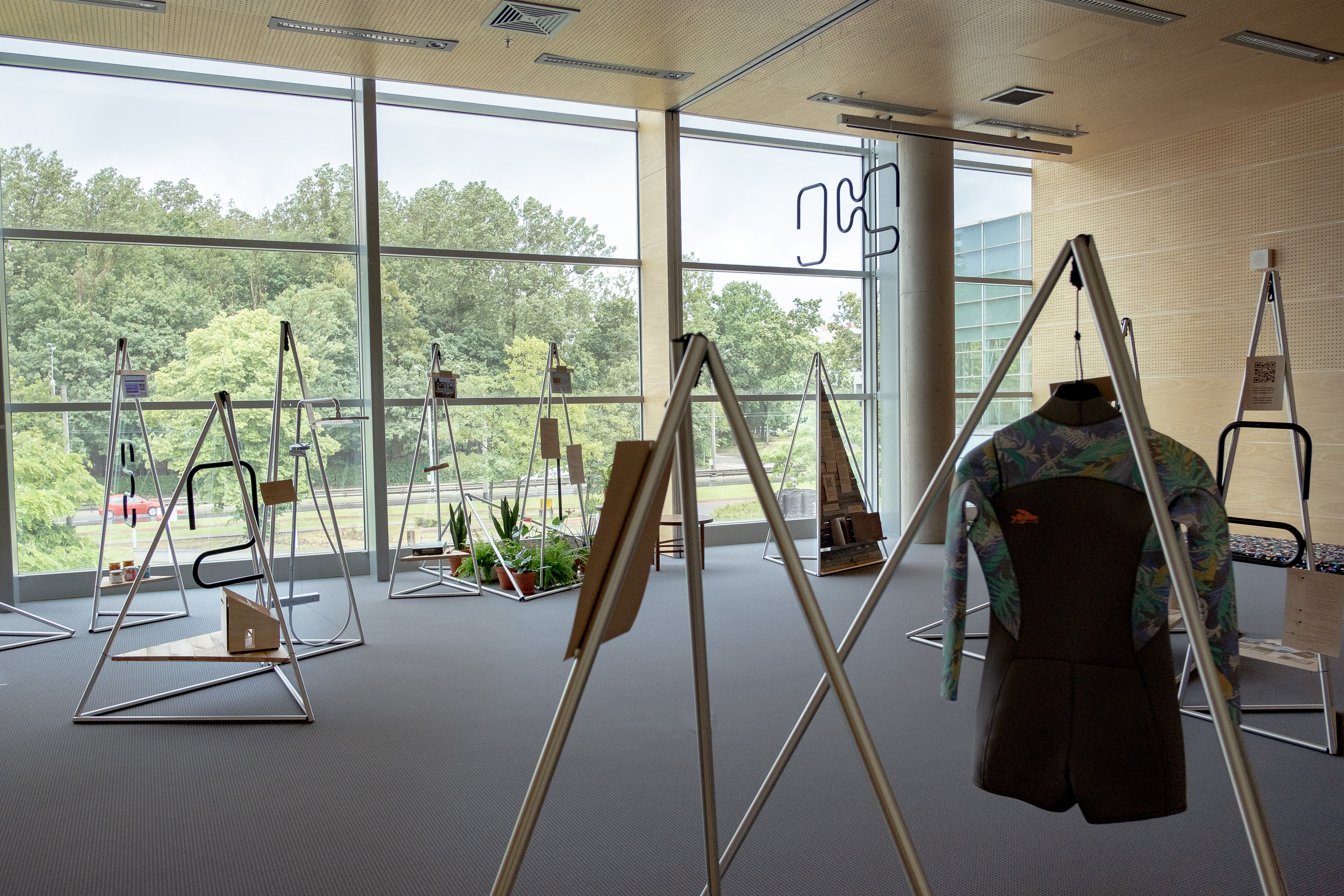
INFORMATION
Receive our daily digest of inspiration, escapism and design stories from around the world direct to your inbox.
Clare Dowdy is a London-based freelance design and architecture journalist who has written for titles including Wallpaper*, BBC, Monocle and the Financial Times. She’s the author of ‘Made In London: From Workshops to Factories’ and co-author of ‘Made in Ibiza: A Journey into the Creative Heart of the White Island’.
-
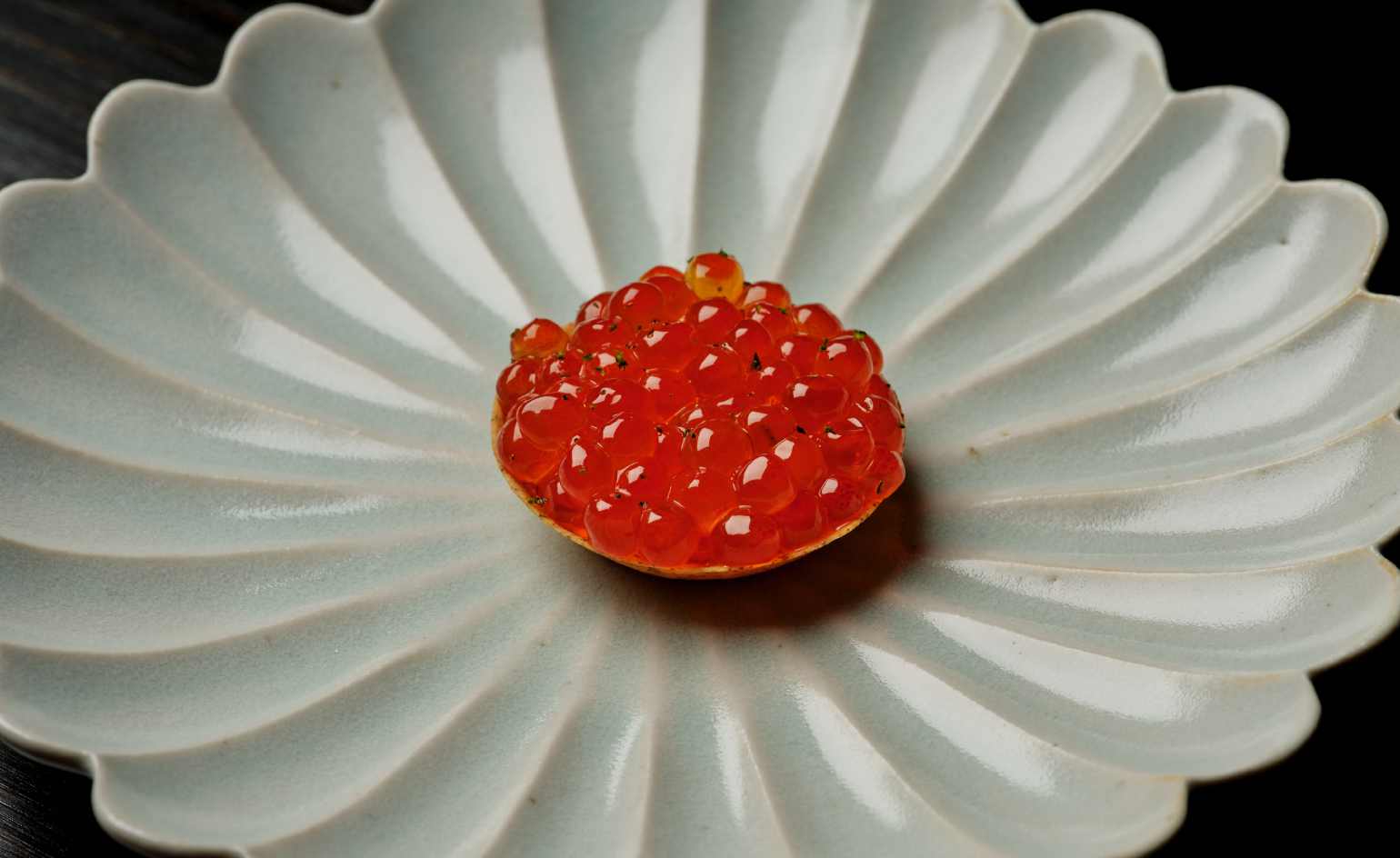 This cult Los Angeles pop-up restaurant now has a permanent address
This cult Los Angeles pop-up restaurant now has a permanent addressChef Brian Baik’s Corridor 109 makes its permanent debut in Melrose Hill. No surprise, it's now one of the hardest tables in town to book
-
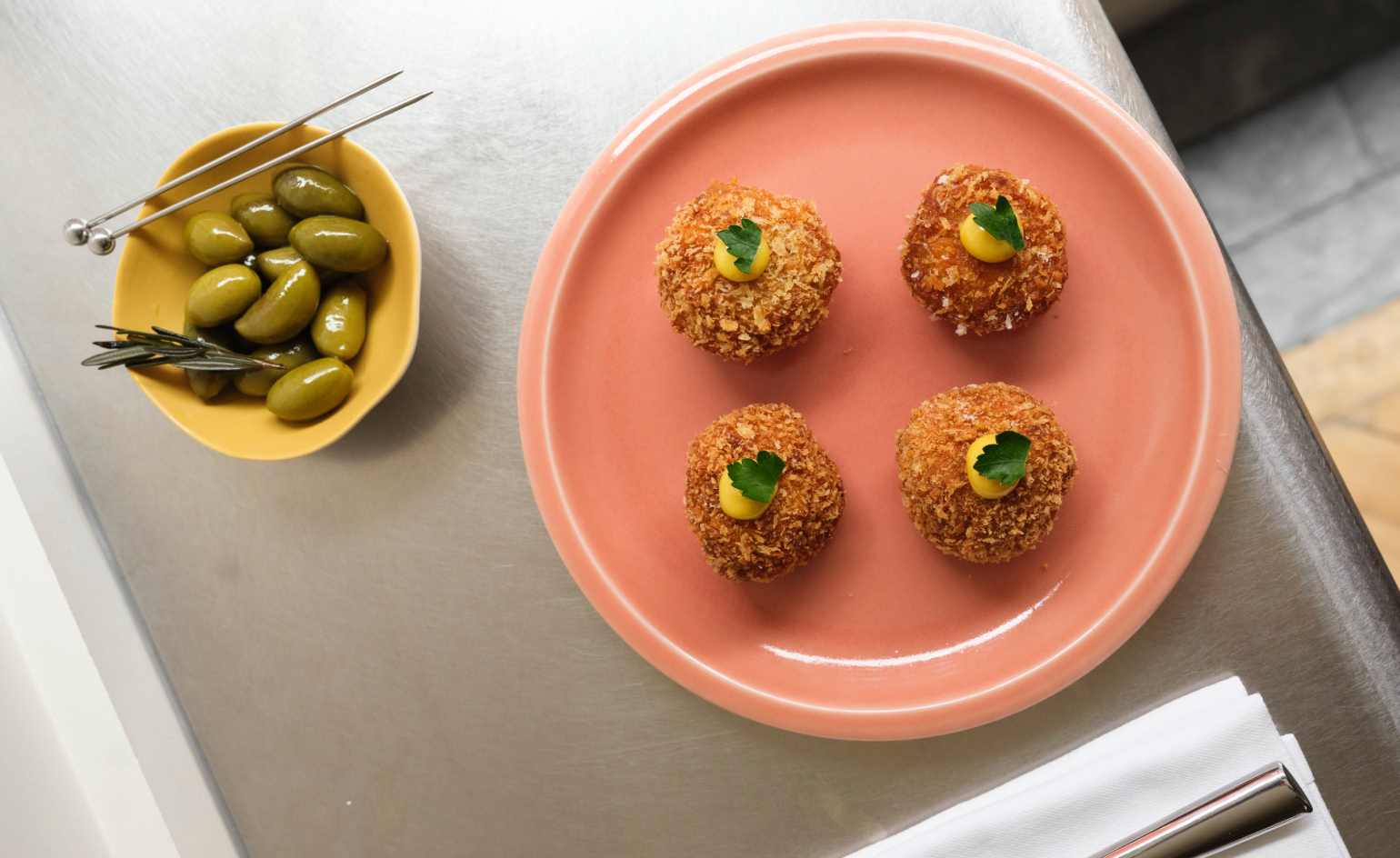 French bistro restaurant Maset channels the ease of the Mediterranean in London
French bistro restaurant Maset channels the ease of the Mediterranean in LondonThis Marylebone restaurant is shaped by the coastal flavours, materials and rhythms of southern France
-
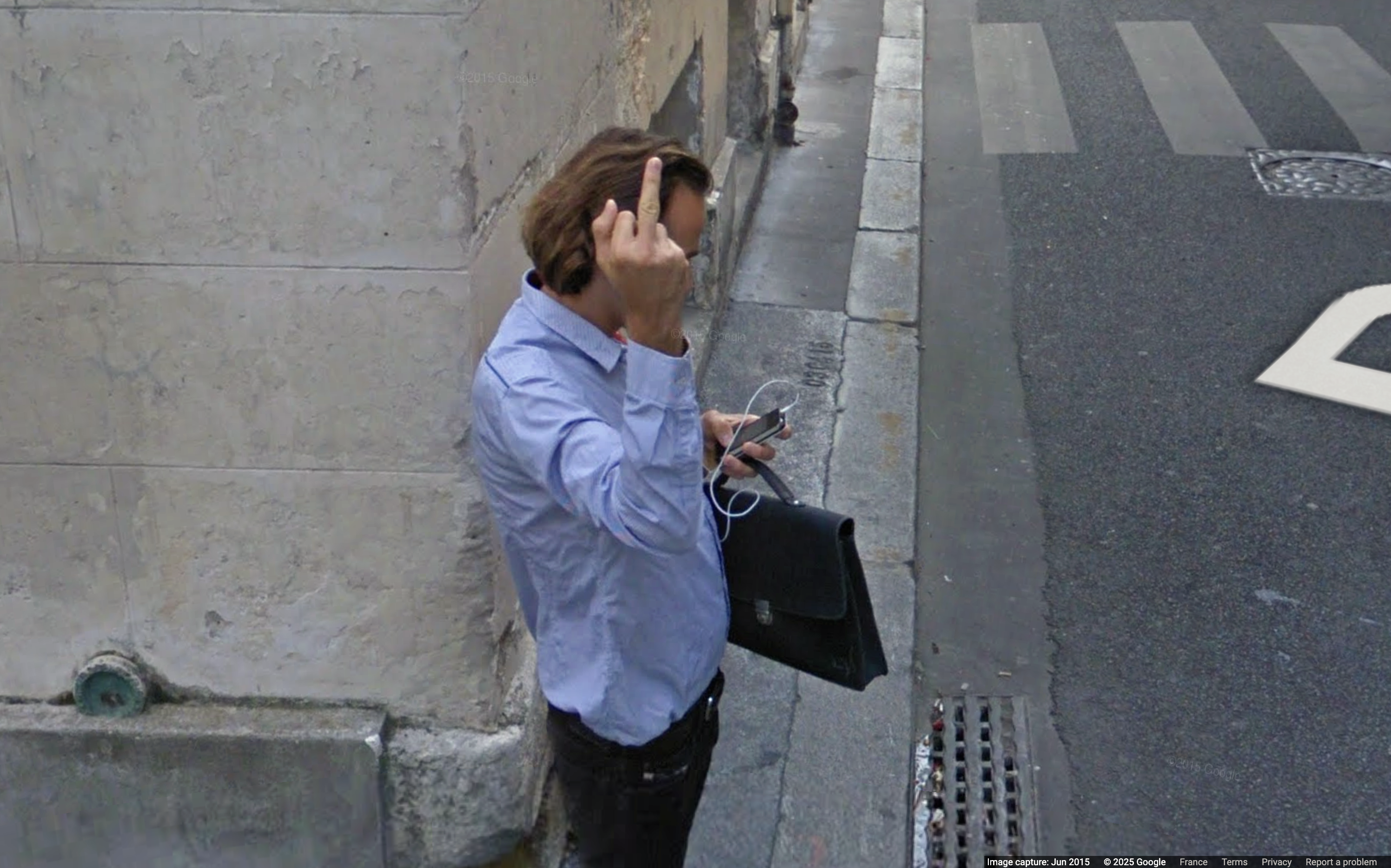 How ethical is Google Street View, asks Jon Rafman in Copenhagen
How ethical is Google Street View, asks Jon Rafman in CopenhagenIn 'Report a Concern - the Nine Eyes Archives' at Louisiana Museum of Art, Copenhagen, Jon Rafman considers technology's existential implications
-
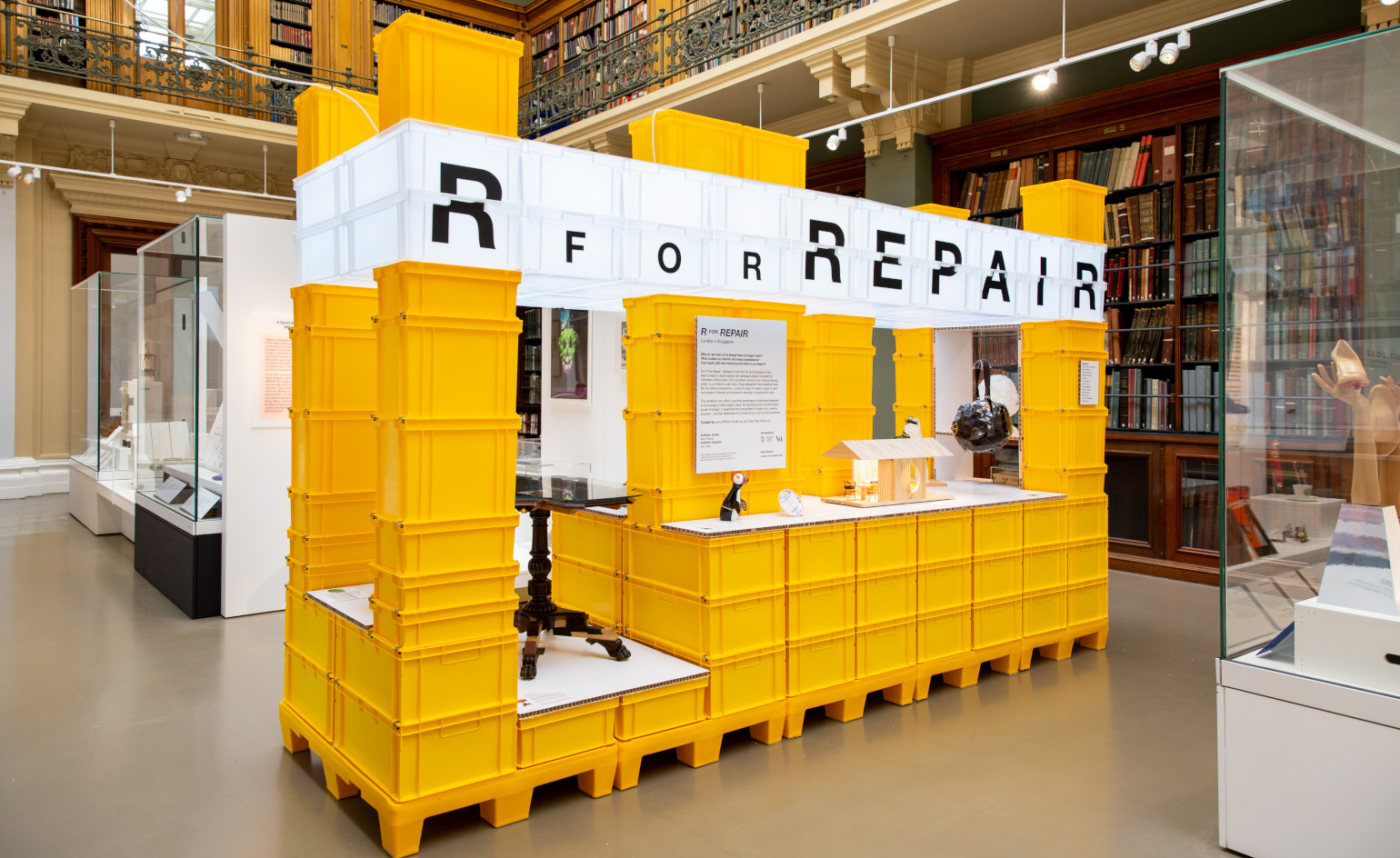 ‘R for Repair’ at London Design Festival displays broken objects, re-formed
‘R for Repair’ at London Design Festival displays broken objects, re-formedIn the second half of a two-part exhibition and as part of London Design Festival 2022, ‘R for Repair’ at the V&A displays broken objects, re-formed
-
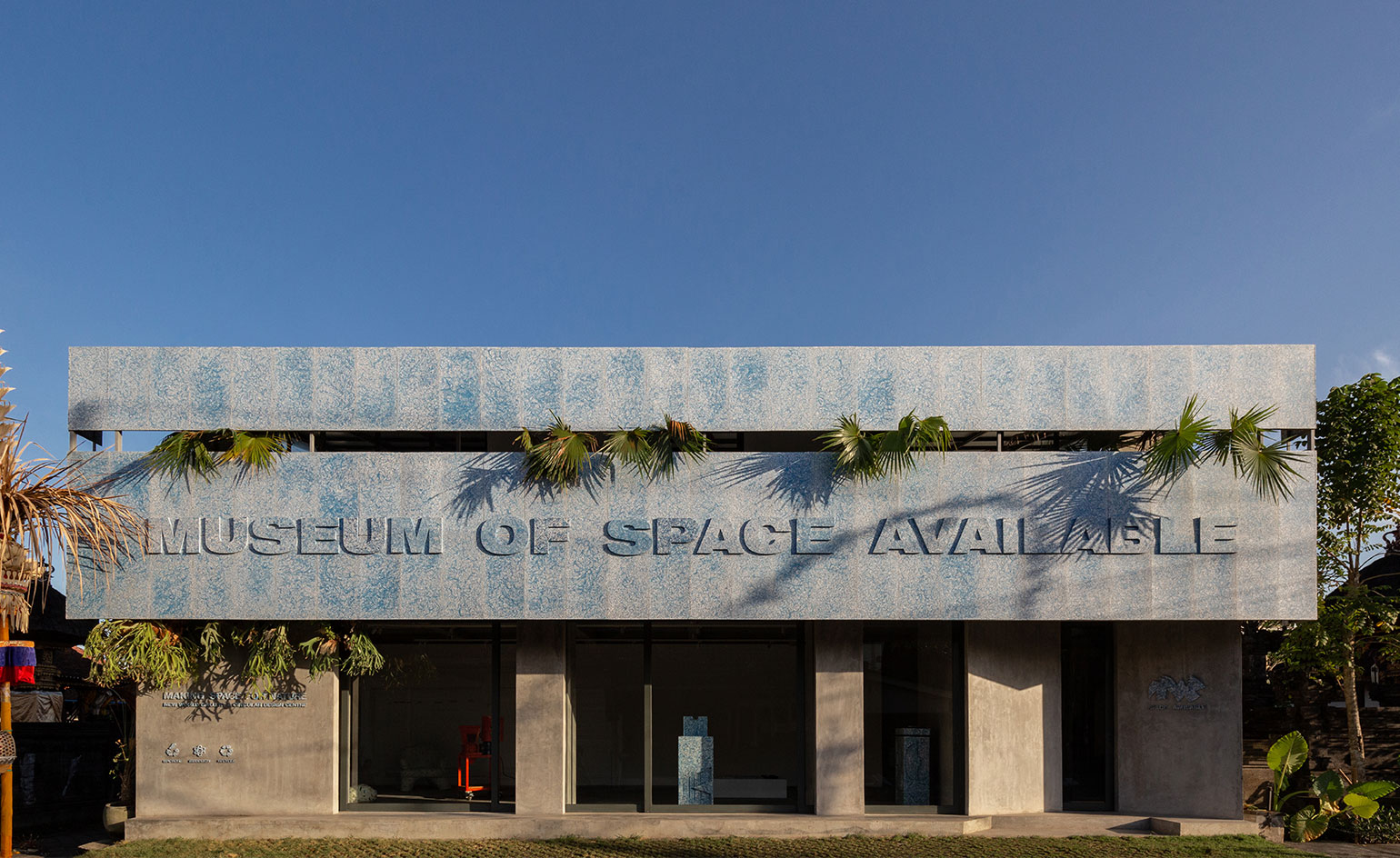 Inside Bali’s new Circular Design Workspace
Inside Bali’s new Circular Design WorkspaceAt Museum of Space Available in southern Bali, creative director Daniel Mitchell reimagines the possibilities of plastic waste
-
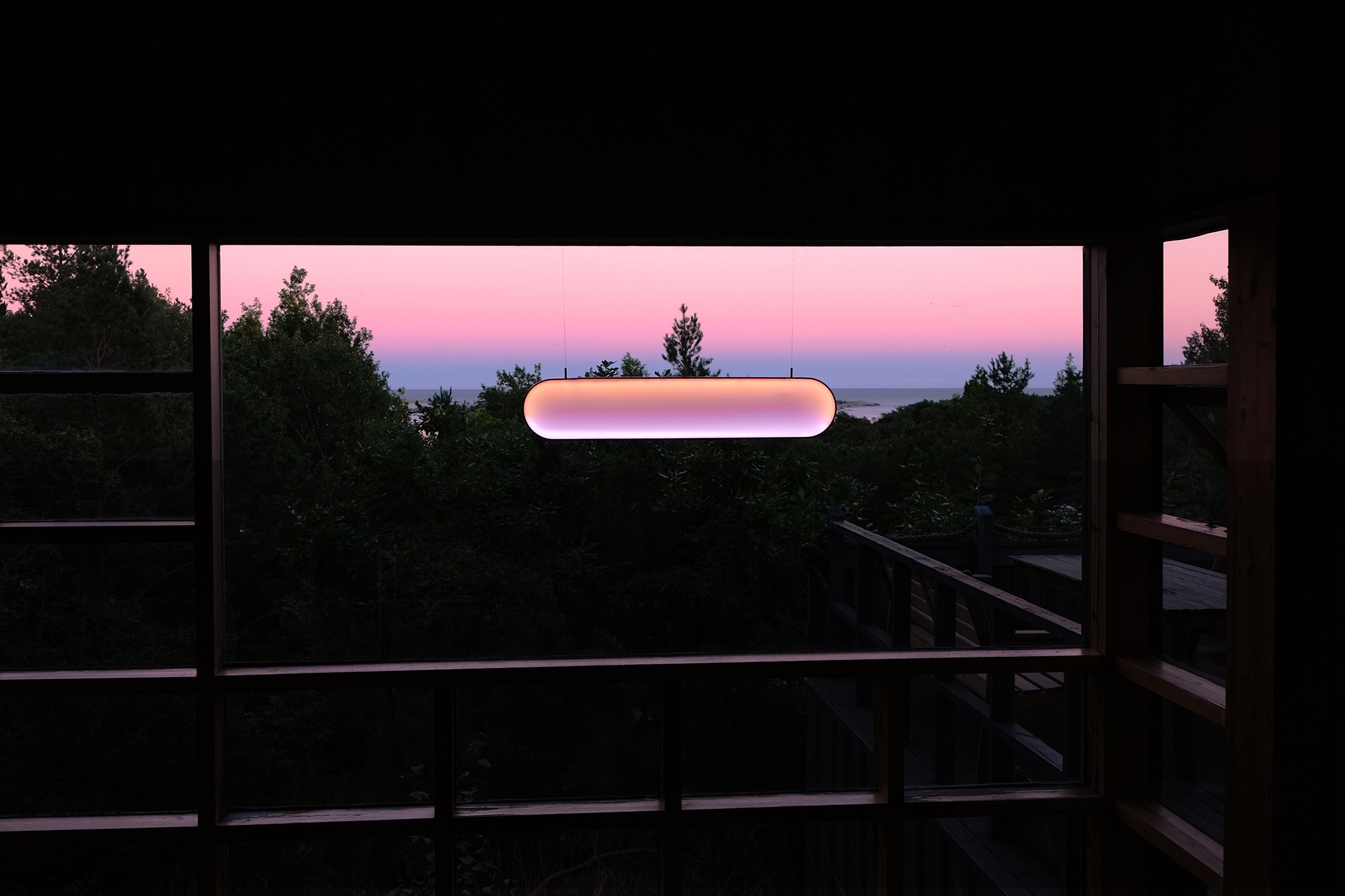 Solar light and modular cabin win Life-Enhancer of the Year: Wallpaper* Design Awards 2022
Solar light and modular cabin win Life-Enhancer of the Year: Wallpaper* Design Awards 2022Marjan van Aubel's ‘Sunne’ solar light and the Space of Mind cabin, by Studio Puisto, Made by Choice and Protos Demos, are the joint winners of this year's Life-Enhancer category
-
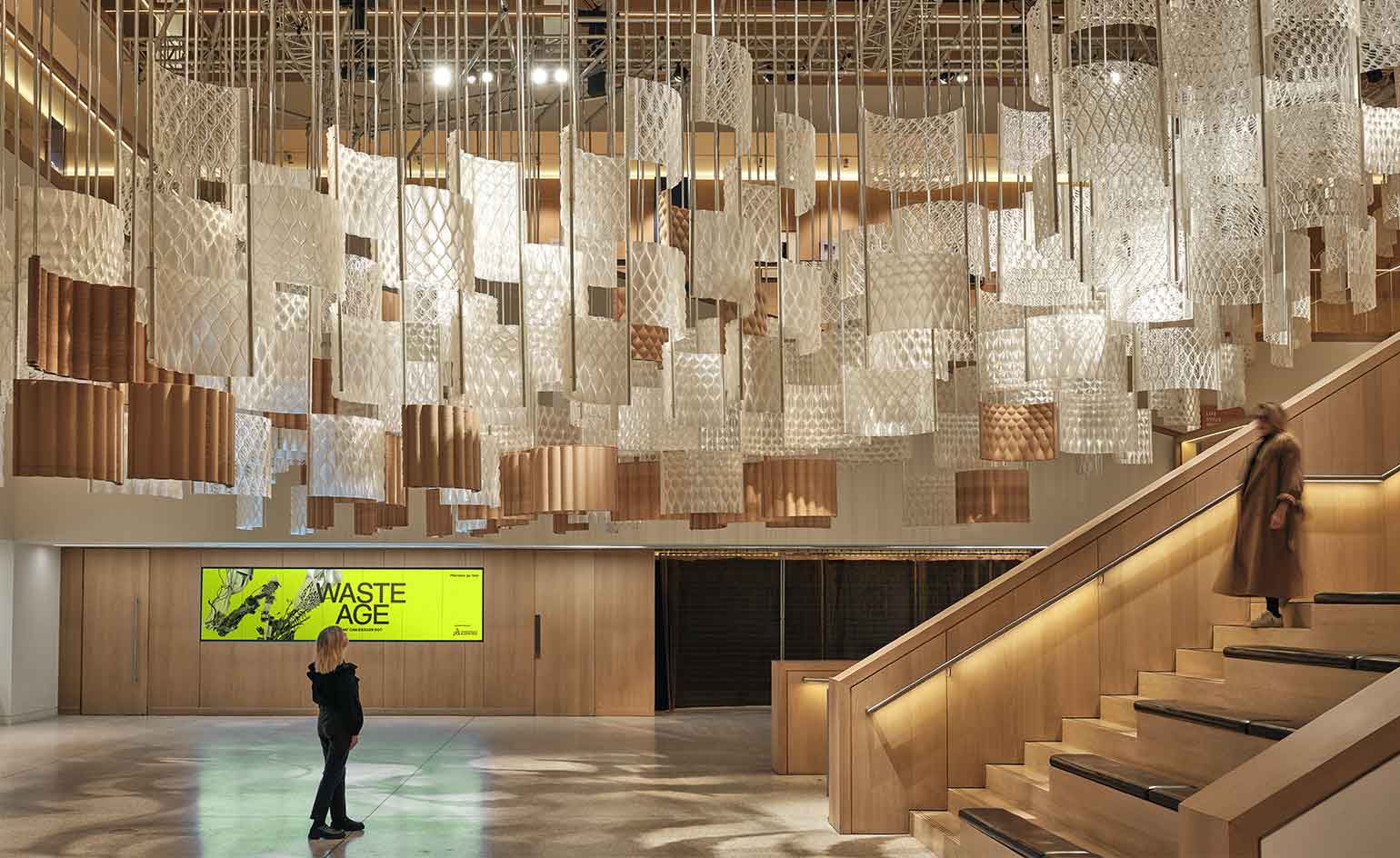 Design Museum exhibition puts waste front and centre
Design Museum exhibition puts waste front and centre‘Waste Age: What Can Design Do?’ at the Design Museum, London (until 20 February 2022), presents design’s proposals and solutions to the issue of waste
-
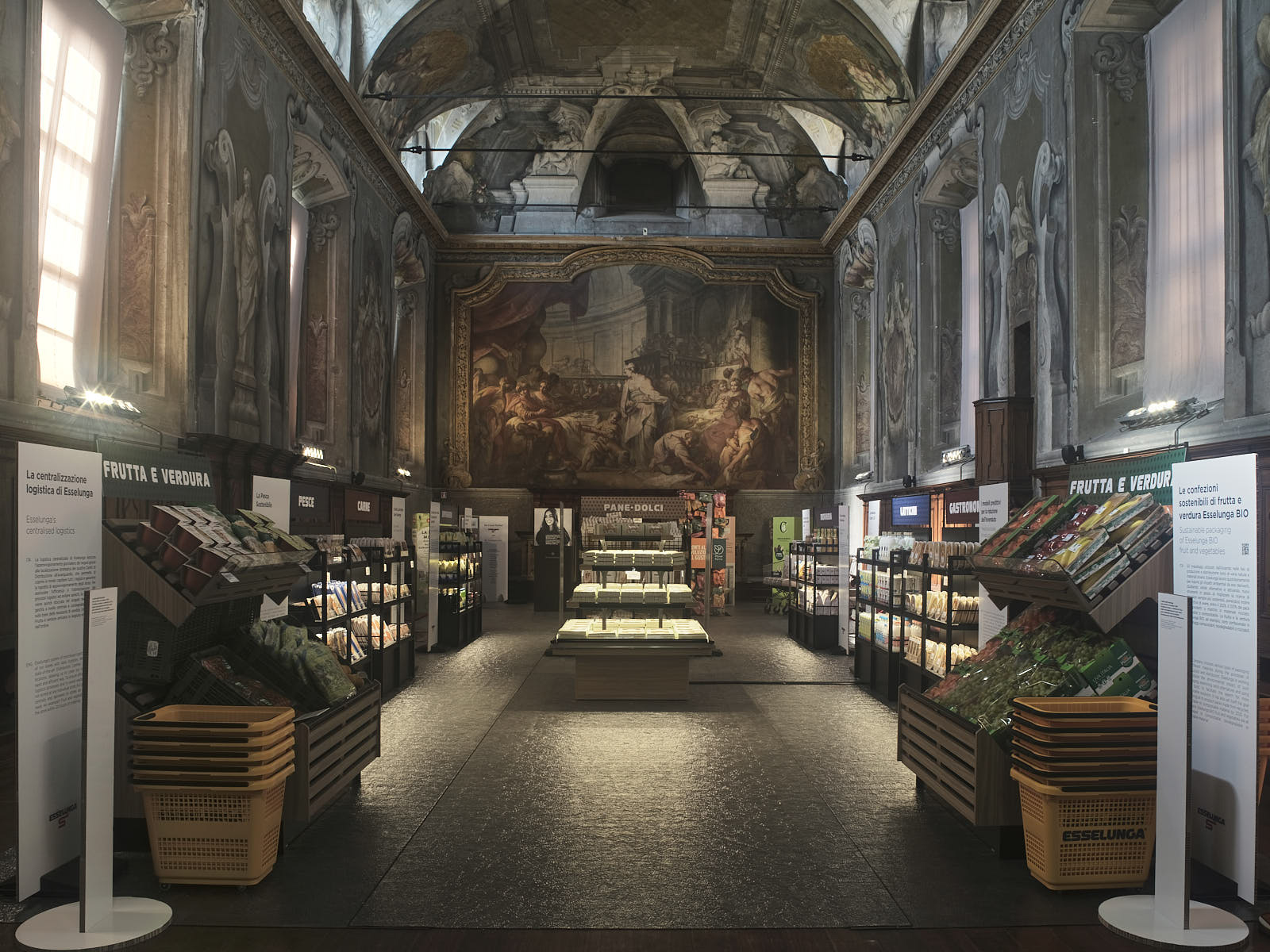 Rossana Orlandi presents Guiltless Plastic at Milan Design Week 2021
Rossana Orlandi presents Guiltless Plastic at Milan Design Week 2021Guiltless Plastic is Rossana Orlandi’s thrilling exploration of the material’s potential for recycling and upcycling in design
-
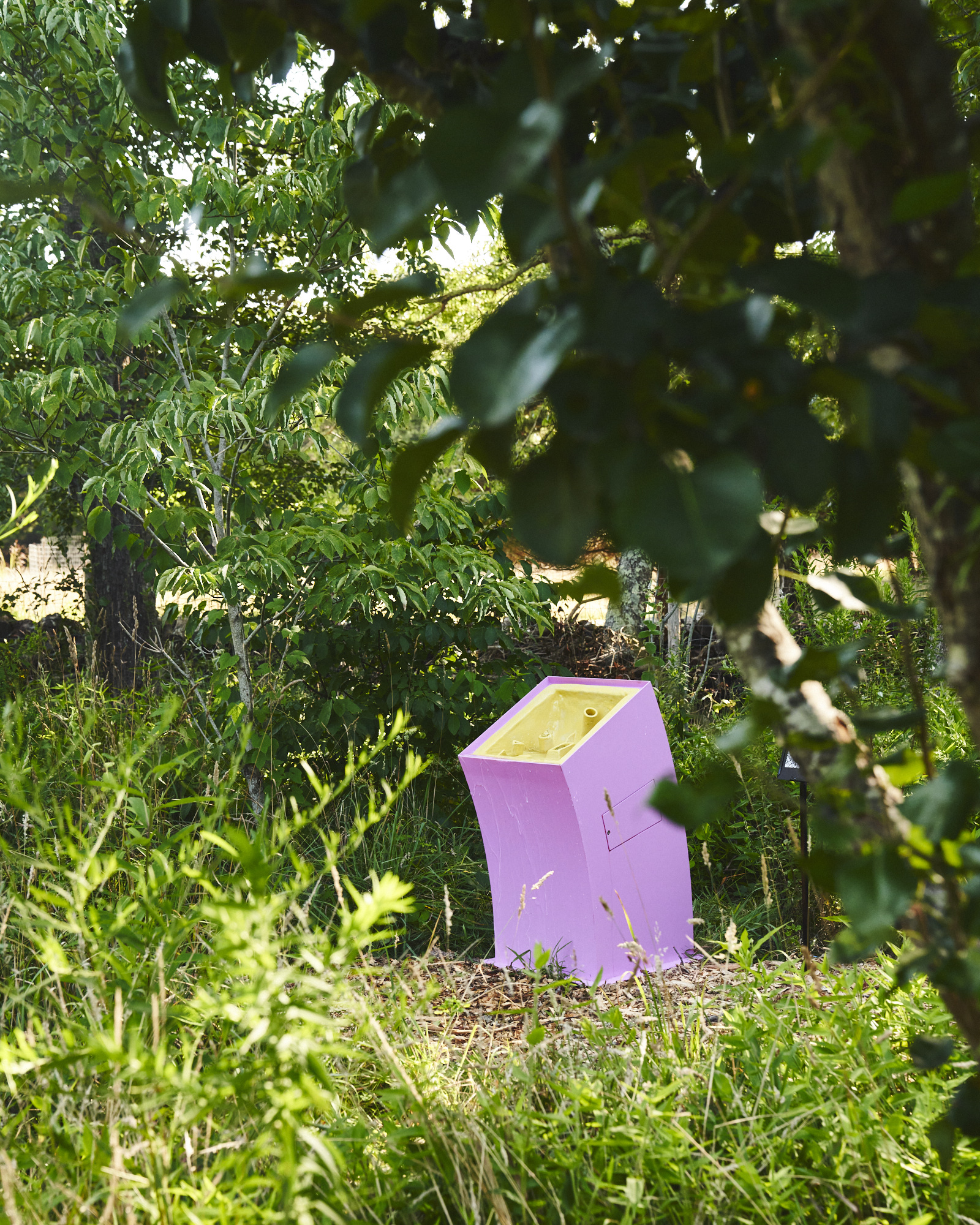 Bird baths and bee beaches invite nature to Marcel Breuer’s Marshouse
Bird baths and bee beaches invite nature to Marcel Breuer’s Marshouse‘For the Birds & Bees’ (until 18 September 2021) by design gallery R & Company and landscape designer Edwina von Gal aims to bring back wildlife to Marcel Breuer’s Marshouse, and increase awareness on the importance of birds and pollinators
-
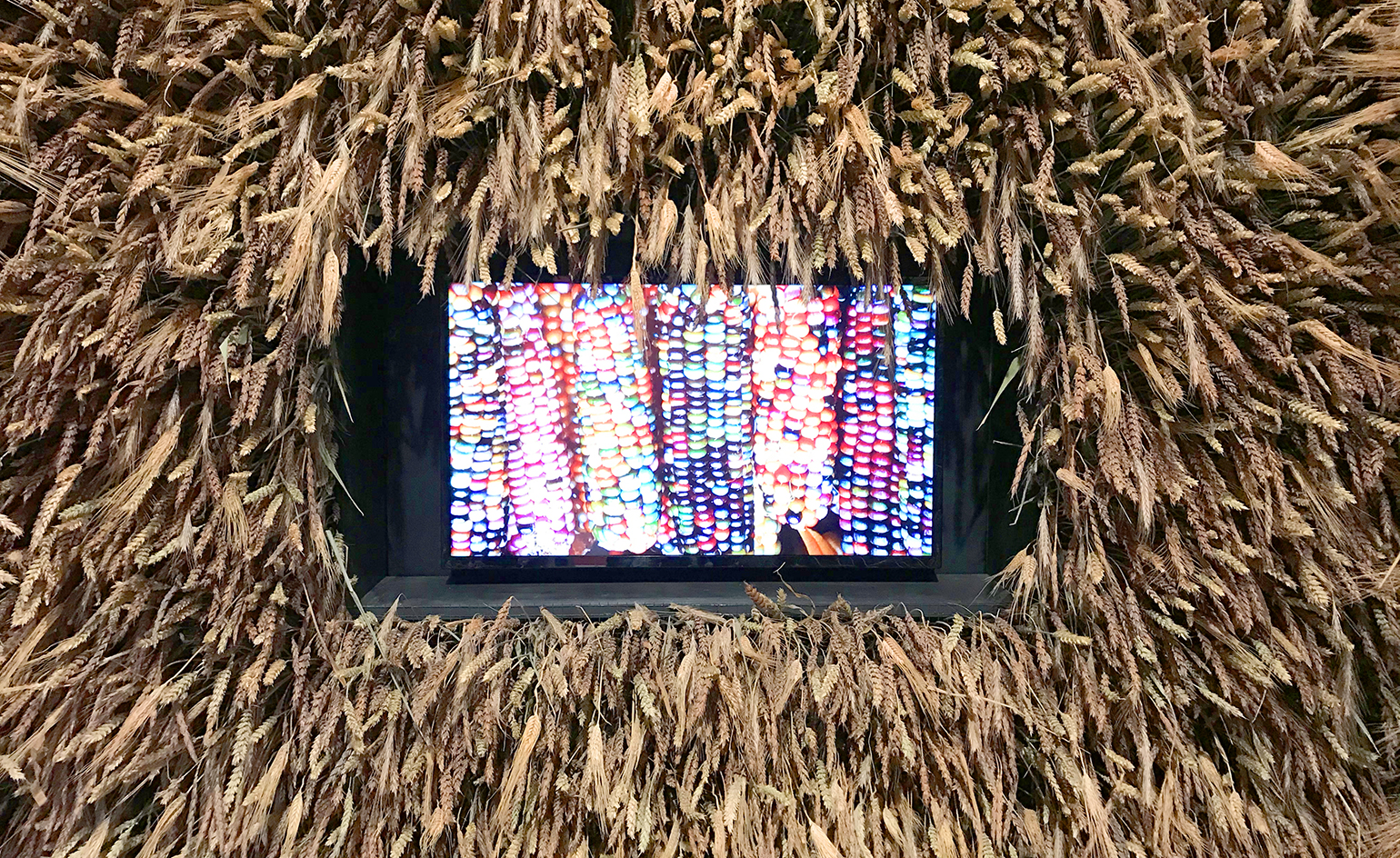 Can farmer designers save the planet?
Can farmer designers save the planet?The future of farming, the climate crisis, and how we can feed ourselves sustainably are at the heart of a new exhibition, ‘Farmer designers: an art of living’, at Bordeaux Museum of Decorative Arts and Design (until 17 January 2022)
-
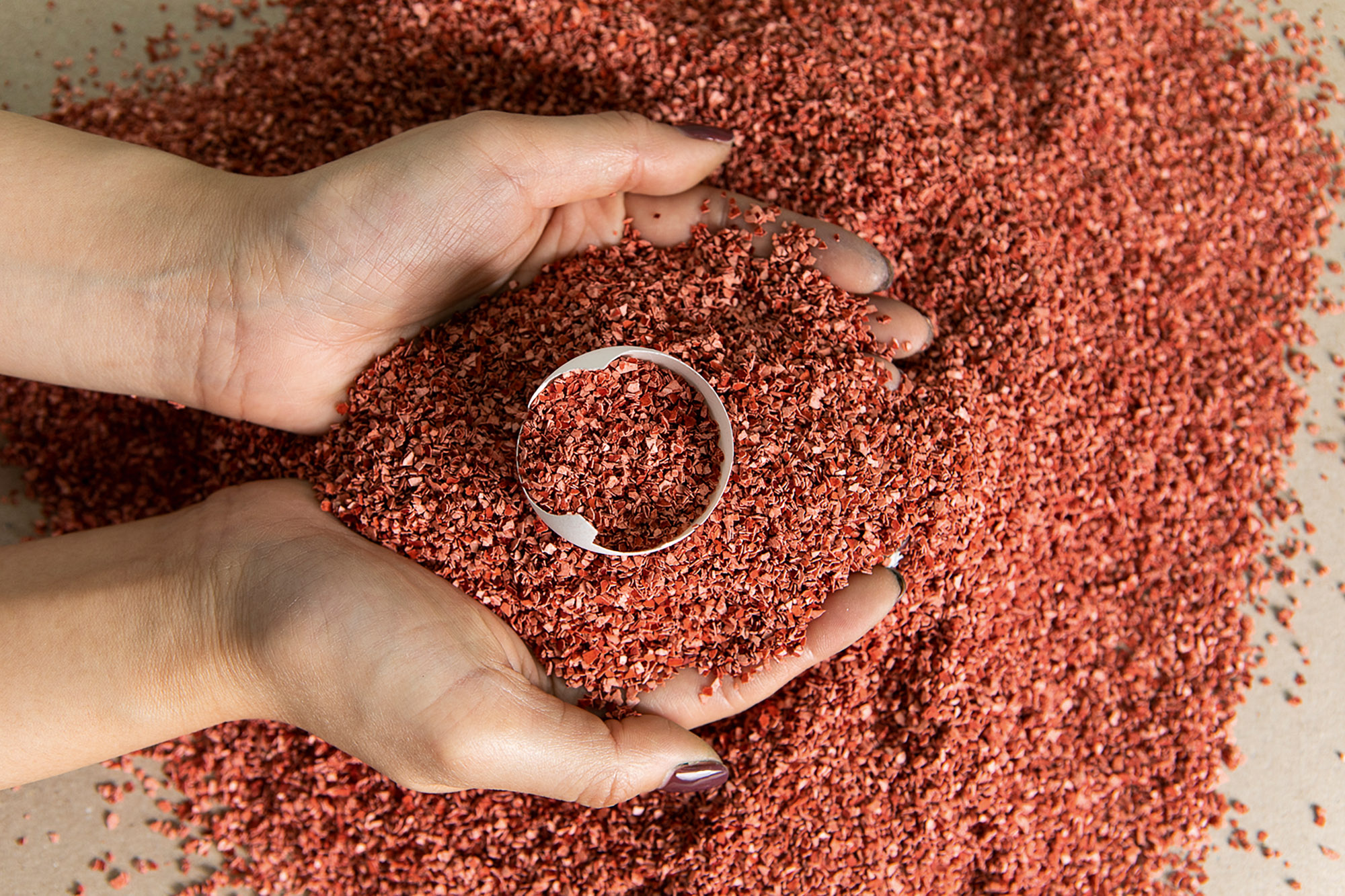 Recycled eggshells make cracking sustainable wall tiles
Recycled eggshells make cracking sustainable wall tilesEthical design brand Nature Squared elevates the egg with its collection of eggshell wall tiles in collaboration with Hong Kong designer Elaine Yan Ling Ng, now presented at Rossana Orlandi in Milan